And on the technical side, work continues at Stangwerks. We’re putting together motor number four, the second motor for the green car. The green car’s engine is still running well but the build is not of the quality of the engine in the red car. Len Hoffman from www.hamheads.com is doing the flow work and head prep for this new engine, while the block prep was done by a local machine shop. There will be a number of differences between this motor and what is in the green car: max 9.5:1 compression, good head work, torque plate bored, piston clearances, aftermarket OEM pistons (required, Ford doesn’t supply a 0.040” over), better ring package, carefully selected rods, different strategy for setting up the pushrods/lifters, and a few other changes.
We hope that this engine will perform better than the one in Sleestak. The red car’s engine is doing very well, although we are not generating any more top end speed at VIR. The mid-range we have is fantastic and we are probably in the upper percentile for off-corner power. But at the end of VIR’s back straight we won’t be doing much more than 123-125mph. I suspect the frontal area and Cd is just something we can’t get around. We are contemplating one more rear gear swap and avoiding fifth entirely because we can clearly see that when we have to use fifth the game is over, but that would cause us to have to use second in a couple of places on track and containing wheel spin with the high torque multiplication of second is going to be an issue. Anyhow, for the time being I think we’re going to struggle a bit on tracks that require a high top speed – VIR and CMS come to mind, we got nothing for the Acura and TR8 unless we manage to make some time in the short bits.
Lately we’ve been having a lot of problems with the red car and communicating with the ECU. We think we have it figured out, but in doing so we created a test rig for the bench where we can hook up an ECU outside of the car and program it. Dr. Giordano was the major motivation behind this job but it’ll definitely help us out for the future. We’re planning to mount it on a panel with switches, not this rigged up mess here, so that all you need to do is connect it to 12V, connect the laptop, and you can do whatever you want with the ECU. Programming the ECU in the car is what we generally do but this will help us prepare spares and test stuff out. We’re also planning to equip the ECU with an external EPROM so that we can load five pre-defined tunes into the ECU and switch them with a rotary switch, no laptop or reprogramming needed. The ECU program we’ve developed fuels very well but every now and then it needs a tweak. If we had four tunes with air fuel and timing targets, like 12.4, 12.8, 13.1, 13.3 we could quickly adjust up what was needed based on visual info off the wideband.
Work on DR COOL is progressing too. DR COOL is getting a dual peltier device engine, better insulation on all lines, a much better R value water reservoir, and an overall much lighter package even in comparison to the traditional water/ice cooling system. The goal is to have DR COOL in the car and functioning for the April RRR race.
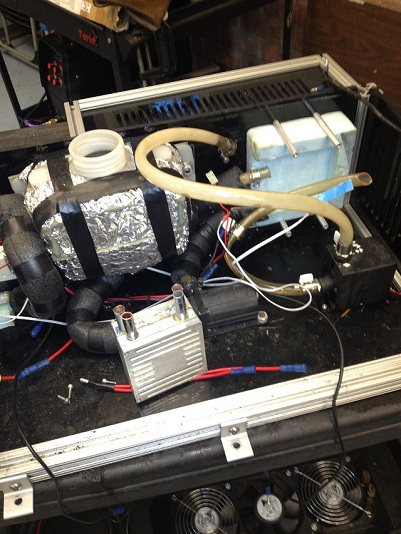





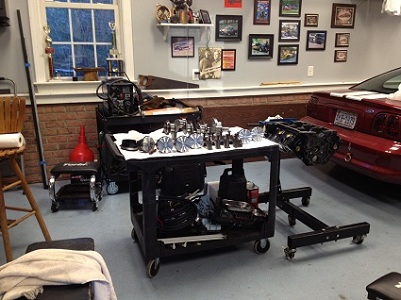
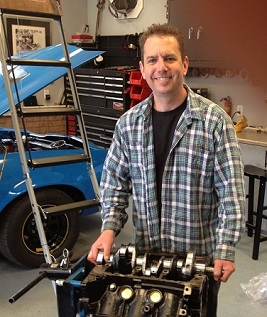
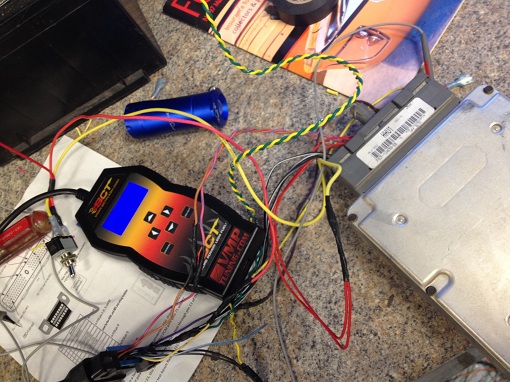

 Reply With Quote
Reply With Quote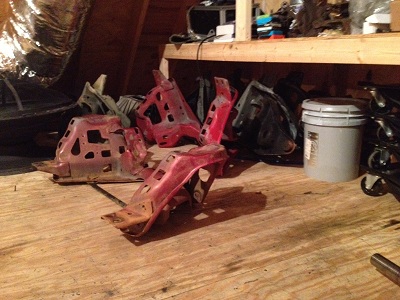
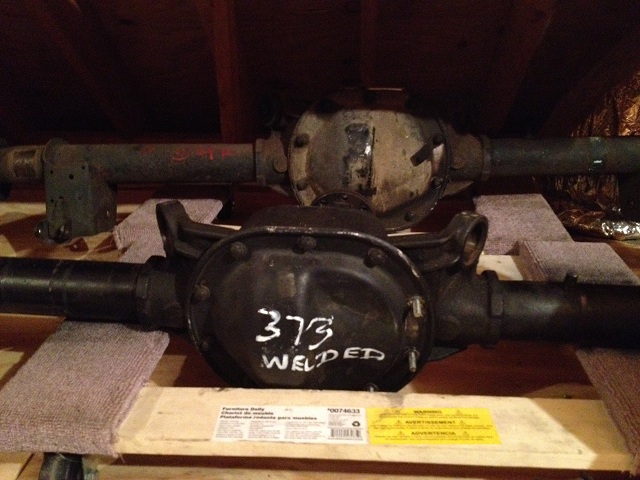
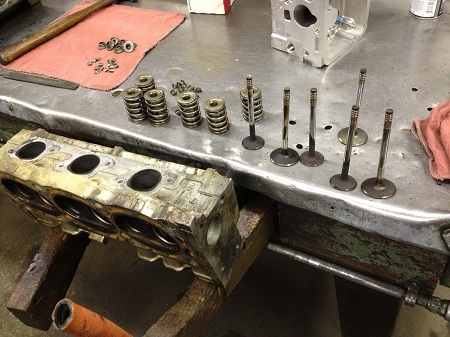
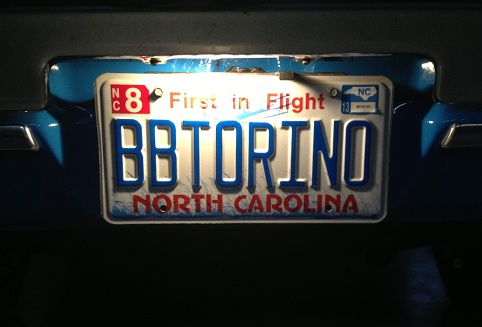




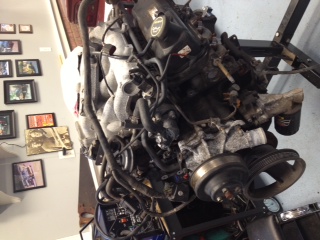
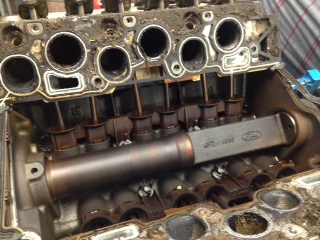







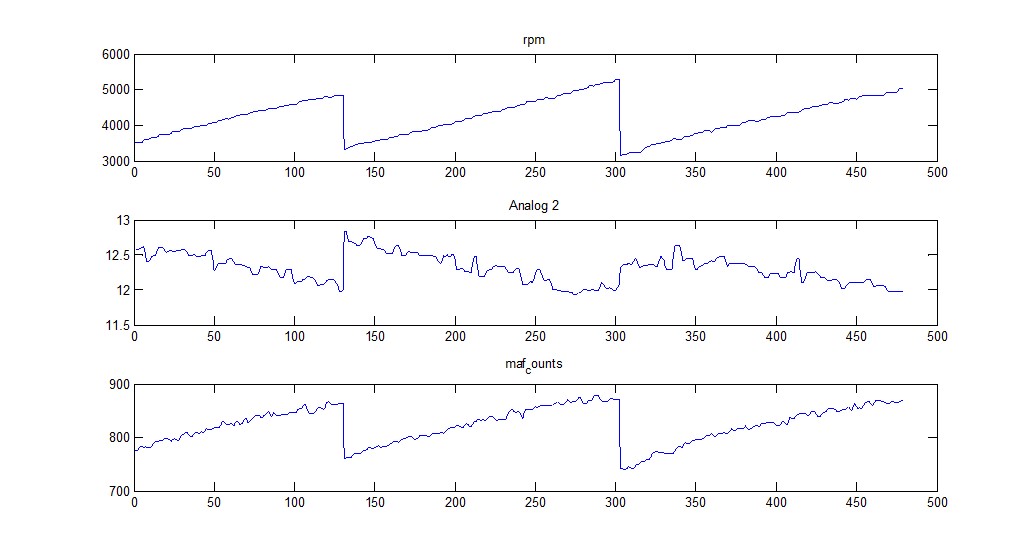



Bookmarks